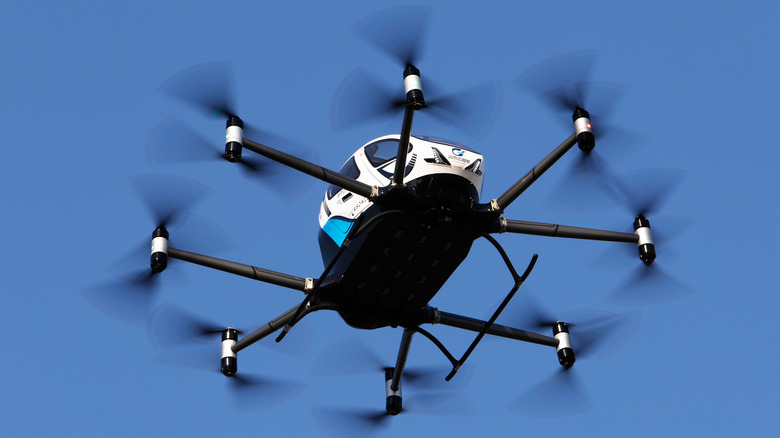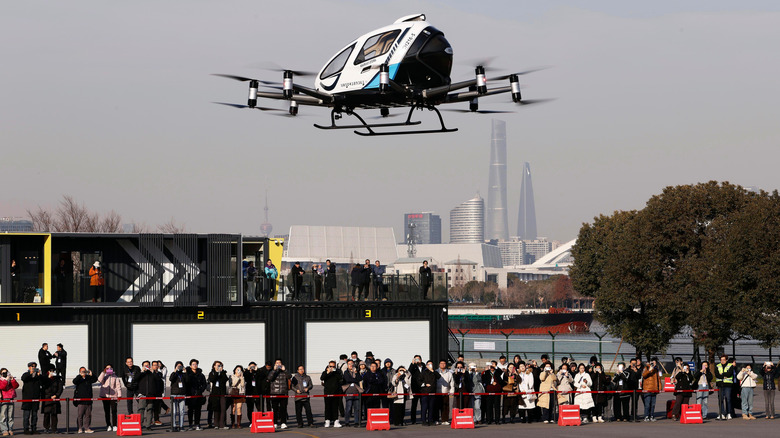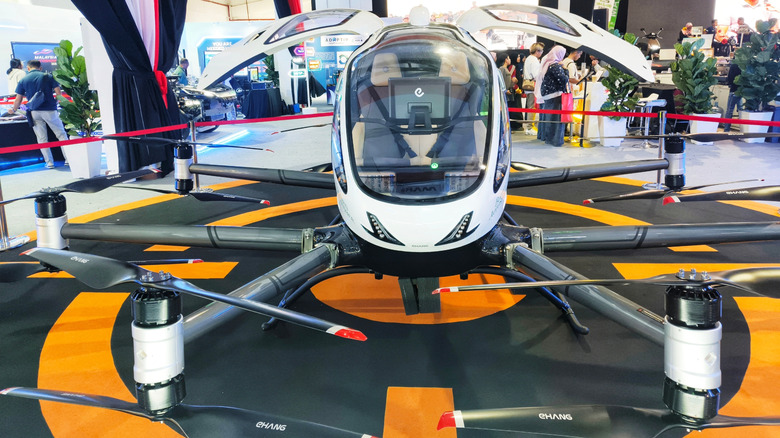
The exponential pace of technological advancement continually makes us feel as though we’re experiencing the future today. For example, less than ten years ago, self-aware artificial intelligence seemed a distant concern, more fitting for sci-fi rather than reality. Now, discussions about whether AI will be beneficial or detrimental and the proximity of artificial super-intelligence surpassing humans are very pertinent. Companies like Tesla and SpaceX are advancing AI-powered personal assistant robots and progressing towards establishing a colony on Mars. Additionally, there are multiple instances of robots replacing human labor.
Consequently, it sometimes feels as if the future has arrived sooner than expected. We can now consider flying cars as a real possibility. Tesla is already testing unmanned taxis, and videos of these fully automated cars driving around Austin, Texas in 2025 are spreading online. In June of that year, President Donald Trump signed executive orders permitting U.S. manufacturers to test flying car prototypes. However, it seems China is much nearer to introducing such flying vehicles in the coming years. Well, sort of. The country is operating flying taxis, but calling them flying cars may be a stretch.
China is already rolling out flying taxis

China has been developing flying taxis for some time, with national authorities encouraging companies to create such vehicles to lead what they refer to as the low-altitude mobility economy. This pertains to vehicles flying below 1,000 meters, or 3,280 feet. In 2021, the Chinese government implemented policies and regulations to motivate companies to invest in aerial transportation within cities, leading to significant progress since then. Companies like AeroHT, an affiliate of Xpeng, have recently obtained a license to construct their first flying car. Meanwhile, numerous other firms are investing heavily in research and development in this field.
Recently, the first license for commercial use of these flying passenger vehicles was issued, leading to exciting forecasts about the future of flying cars. As reported by CNBC, a senior executive at a Chinese company that produces autonomous aerial vehicles has predicted that flying taxis will become a reality in the country within the next three to five years. Furthermore, these airborne vehicles will be entirely pilotless.
Ehang’s vice president, He Tianxing, made this prediction after his company and joint venture partner Hefei Heyi Aviation received a certificate to operate “civil human-carrying pilotless aerial vehicles” from the Civil Aviation Administration of China. This essentially means the firm has been authorized to test and deploy unmanned flying vehicles, set to debut in Guangzhou and Hefei for tourism and urban sightseeing purposes.
Will we really see flying cars in the next few years?

It’s important to note that the electric vertical takeoff and landing vehicles (eVTOL) flown by Ehang aren’t precisely the flying cars you might imagine. These fully electric unmanned aerial vehicles (UAVs) are designed to carry passengers over short-to-medium distances at low altitudes, using a series of propellers that make the vehicle resemble a large drone with a passenger cockpit. Therefore, if you were picturing Beijing looking like a scene from “Blade Runner” soon, that’s not quite the scenario envisioned by Ehang’s vice president.
Ehang isn’t the only company developing these eVTOLs. State-owned Guangzhou Automobile Group (GAC) showcased their version at the Hong Kong International Auto and Supply Chain Expo in June 2025. The company’s Govy AirCab resembles its Ehang counterpart, but with propellers on top, making it appear more like a mini helicopter than a flying car. What truly sets these vehicles apart is not only their intended role of transporting passengers around cities akin to traditional taxis but also their fully electric and pilotless nature. Ehang’s UAV can be fully charged in just two hours, while GAC claims its AirCab requires only 25 minutes for a full charge. The latter also features 5G, a voice assistant, and controls to adjust the temperature, music, and even the scent.
These may not be the flying cars of science fiction yet, but the vehicles being tested and now deployed in China are undoubtedly futuristic, suggesting significant changes to transportation in the near future. For now, these drone-like UAV taxis seem poised to dominate China’s low-altitude airspace in the coming decade, although it will likely take some time before the rest of the world fully embraces the flying car era.
“`




